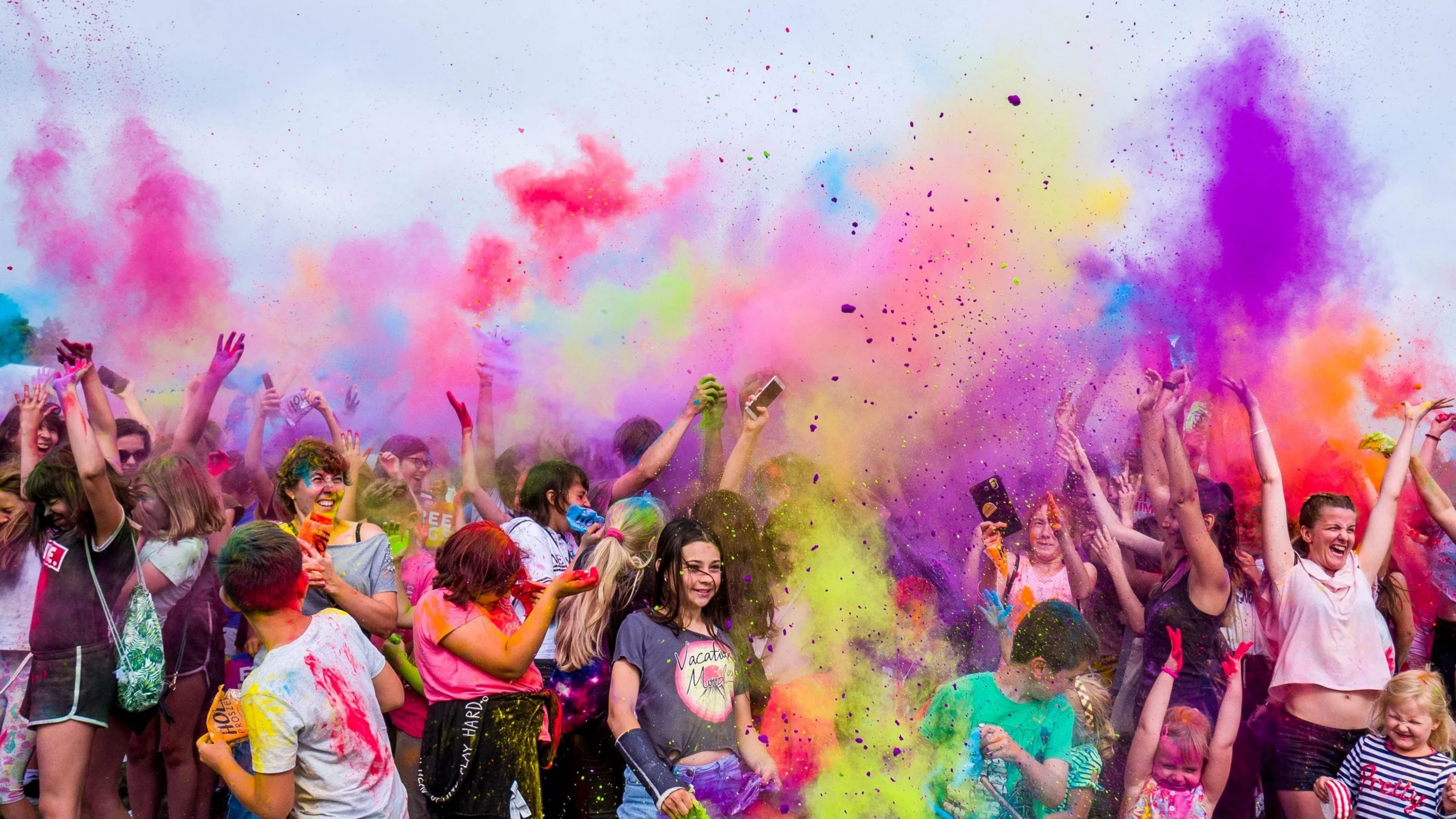Cover Photo by Marcin Dampc from Pexels
How many new skills have you learned in the past two years? Have they changed your life one way or another?
If you’re anything like me, it had a very positive impact on your life.
Every month, I learn 3 new skills that I can do well with only 15 hours of practice each.
“That’s impossible!”, I’m sure you think. But isn’t so. I was at least as skeptical as you were that I could accomplish that.
In fact, I didn’t aim to learn that many skills at first. I only wanted to do it for a month, but the results were so phenomenal that I had to keep going. I was hooked and haven’t been able to stop since.
I’ve written plenty of articles on the topic of how to learn skills in the past, but I wanted to narrow it down to the 6 most valuable lessons you can start applying today.
Are you ready?
Lesson #1: You are limitless
What skills do you think you can’t learn? Why is that? Have you tried consistently?
Don’t you dare give up without trying!
I’m dead serious here. When I started in October 2017, I decided that one of the skills would be one that I thought I could never do: drawing. I had tried in the past and had given up. As a logical person (I’m a software engineer), I didn’t believe I could do it.
To be honest, back in October 2017, I still didn’t really believe it. But I decided I would practice for 30 minutes every day, no matter how bad my drawings would be.
After 10 days of consistent practice, I was astonished at the results I had managed to get. I looked at my drawings and I couldn’t believe I was the one who drew them! Mind you, they weren’t exceptional by any means, but to me they were.
From that day on, I realized I could accomplish things I never thought I could.
I’m the stiffest guy I know, and I listen to metal music mostly, yet I’ve managed to learn to Salsa dance. I’ve become good enough that I can dance with girls in clubs without them being bored out of their minds.
I had tried meditation many times in the past, but once I truly understood it and believed I could do it, I succeeded. It’s one of the hardest skill I’ve learned. For some of you, it comes naturally but for others like me, it certainly felt impossible. It took me about 12 hours of consistent practice to become good at it.
And this one will sound a little ridiculous to you, but I couldn’t really ride a bicycle until two months ago (and I’m 32 years old). As a kid, for some reason, I was too afraid to learn it. I always had this belief that my legs just couldn’t function properly to do it (I have tiny legs). Two months ago I said “screw it”, I jumped on a bike every morning while nobody was yet awake and practiced. Today, I can ride!
Lesson #2: The process of learning strangely matters more than the results
There is no substitute for deliberate practice. Your learning goals will always seem too ambitious and unattainable. How doable is practicing something for 30 minutes every day? Pretty achievable, right?
Never let your goals get in the way of your process. Half the battle really is about showing up.
In all my stories from above, I bet you noticed this pattern: I took action consistently. Sure, I had goals, but what allowed me to succeed was just showing up and doing my 30 minutes of practice. Gary Vaynerchuk keeps reminding us that it’s all about the process.
He couldn’t be more right.
How did I become a top writer on Medium so quickly? I wrote for 30–40 minutes every single day. How did I learn to Salsa dance? I took lessons every morning at 7 am. How did I learn to compose epic music? I composed a new loop or clip every single morning.
Lesson #3: Breaking everything down to its smallest component is of utmost importance
“The journey of a thousand miles starts with a single step.“ — Lao Tzu
How much more motivating is it when you see even just a tiny bit of progress daily. Hint: Very! You are too ambitious in your learning goals.
When I set out to learn how to draw, I limited myself to three techniques: sketching, line art, and coloring. All three by using Photoshop, a tool I was already quite familiar with. “Drawing” takes years to become really good at. Sketching, line art, and coloring? Given my previous skill set, it was pretty reasonable in 15 hours of practice.
When I set out to learn Spanish, I limited myself to the past and future tenses. My goal was to learn it so that I could be good enough to do a standup meeting in Spanish if ever I moved to Spain (which I did a few months after). Given that I had already learned quite a bit from Duolingo, I figured it would be doable. And I was right.
Many people tell me they want to learn to write, to cook or to play an instrument for example.
This is way too broad guys!
What are the specific sub-skills you want to learn?
I invented an approach I call SkillUp Trees. I go into all the details here:
The Skill Tree Principle: An Innovative Way to Grow your Skills Efficiently
If you prefer to watch it instead, I recorded this video a while back, before I was fully comfortable in front of a camera :)
Basically, it’s a process to become fully aware of your current capabilities and realize what should be your next steps for learning a new skill.
Lesson #4: Learning from experts is the best way to learn
I believe in this so much that I’ve created a custom web app for it! And I’m not the only one who believes in learning from experts. Tony Robbins and Dean Graziosi created the Knowledge Business Blueprint method (I’m not an affiliate) because they see tremendous value in learning from others who have knowledge and experience you don’t have.
Of all the skills I’ve learned in my entire life, I’m comfortable helping people in 65 of them. And I’ve learned so much from other experts. Some through books, some through courses, and some through mentorship. Mentorship has always been the best method.
The problem with mentorship is it’s either too expensive or hard to find. I know from being in your shoes myself.
That’s why the feature that excites me the most in SkillUp Academy’s web app is the skill-sharing feature. There’s nothing like it anywhere else. When you sign up for free, you specify what you want to learn and what you currently know. From there, the app suggests you people you could potentially trade skills with.
For example, if I know programming and want to learn to play the piano, and you know how to play the piano but want to learn programming, the system will propose a match between you and I. For the first time in history, you can learn from experts painlessly, and for free.
This both accelerates your learning and keeps you accountable.
Lesson #5: Mastery is close to worthless for high achievers
It’s a bold claim, I know. But here’s the deal: in this highly competitive world, what are your chance of being truly successful unless you’re in the top 5 percent in your field? The answer is not very high.
Mastery of any skill takes years of deliberate practice. While at first, you progress slowly and then really fast, you soon plateau and only keep learning in micro-increments even if you spend a lot of time practicing.
On the other hand, if you practice for between 15–100 hours, you can become good enough in a skill to do it and get paid for it. Of course, this doesn’t apply to all skills, but you don’t need to get too creative to find a list of skills where this applies.
But here’s where the magic happens:
“The future belongs to those who learn many skills and combine them in creative ways.” — Robert Greene
60+ skills in my learning journey, I can attest that this couldn’t be truer. I’ve had so many new opportunities open up since then. Before, I could only get jobs as a programmer. Now I make most of my money writing. I can also make money by using my photography skills. I’ve taught a few of the skills I’ve learned as well.
The more skills you know, the more you can diversify your revenues. At some point this year, I had 12 different sources of revenues.
Lesson #6: Making skill learning a priority can change your life
In the Eisenhower matrix or table, most people prioritize quadrant I activities: the urgent and important tasks. Basically, the tasks you have to do right now.
This is a highly stressful way of living.
As much as you can, you want to focus on quadrant II activities: not urgent but important tasks. For the most part, it’s the self-improvement things, like your health and your competencies.
How can it change your life?
In these 5 ways:
You will become more interesting because you’ll have more things in common with more people.
You will learn faster because the more you learn, the faster you learn.
You will be more motivated because you’ll win almost daily.
You will have more energy because you’ll not be doing urgent things exclusively.
You will have more confidence because you’ll realize you can do more things you ever thought you could before.
This, to me, is the most important thing to realize. If you truly believe it can do that for you as I do, it will change your life. You will thrive like you never have before.
Summary
Remember these lessons:
You are limitless;
The process of learning strangely matters more than the results;
Breaking everything down to its smallest component is of utmost importance;
Learning from experts is the best way to learn;
Mastery is close to worthless for high achievers; and
Making skill learning a priority can change your life.
Don’t just acknowledge these lessons. Understand them. Believe in them. Act on them.
Learning 60 skills in less than 2 years is possible, but you don’t need to follow my example. The important thing is that you keep learning. The rest of the 21st century will be ruthless. You will need to adapt to thrive. There’s no better way to become adaptable than to learn new skills. So don’t be left behind and skill your life up!
You can do this!
If you want to be prepared for a better tomorrow, then SkillUp! Follow us here and check out SkillUp Academy!


